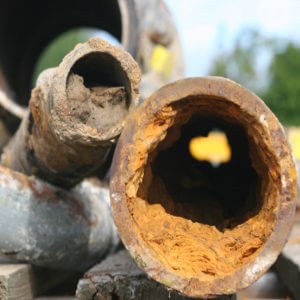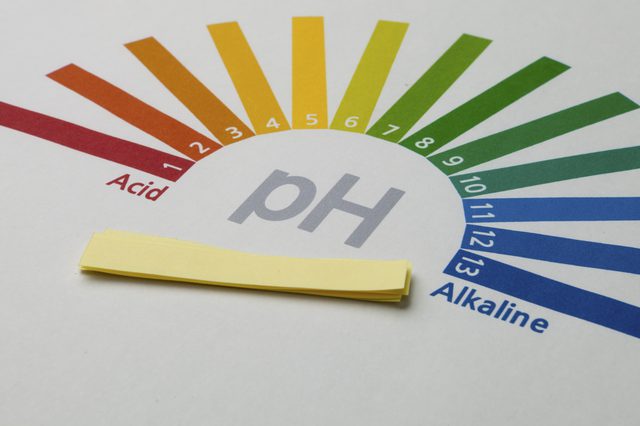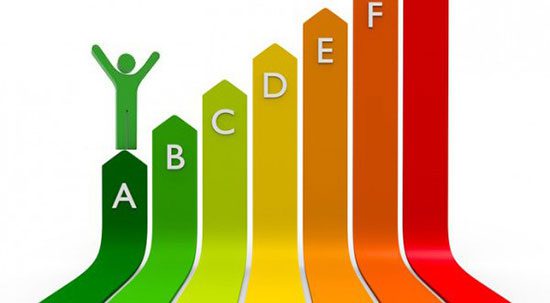

Sediment Prevention Methods
The most important method for preventing sediment formation is to improve the quality of water used in various industries. This method is performed in different forms of sedimentation, straightening, aeration, decontamination. Physical methods are important for improving the quality of water in industrial equipment and process equipment, such as oil, gas and petrochemical industries. In the following, a brief explanation of each of these methods is presented:
1 sedimentation
The first stage of water clarification is sedimentation. In this method, using sediment ponds 1, reduce the concentration of mud and lime, sludge and suspended matter in water, or slowly dissipate water from a large reservoir at low speeds. The deposition is more suitable for muddy waters.
2 filtration
Usually, the filtering operation should be performed after settling, so that the remaining suspended particles are removed. Industrial filters are composed of fine-grained sandy layers and are coarser from top to bottom. Water enters from above and goes out from the bottom side. Water can be filtered using its own weight or under pressure, but in industry, pressure filters are used more.
It is usually made of fines, sand, and silica sand with a purity of 98%. The size of the seeds is from 35/0 to 1 mm. This small size results in the separation of all suspended materials in the surface of the filter, in addition, a micro-layer 2 may occur at the common interface between the water and the sand. The bottom of the filters is usually made of plastic materials, and 60 to 90 tubes (nozzles) are placed per square meter (plastic) for the removal of flat water, the ends of which are placed in a flattened subfilter.
3 weathering
Most of the water-soluble corrosive gases, such as CO2 and oxygen, can be removed by aerosol. Open heaters 1 are suitable for water vaporization to produce low pressure steam. However, if steam is required at a pressure higher than the load of 27, the air-conditioner heaters are usually used as spray suppressors.
Aeration is carried out in two physical and chemical ways. In the physical way, the removal of oxygen and carbon dioxide can be done by heating the water. This reduces the concentration of oxygen and carbon dioxide in the liquid phase, the water-soluble gases are removed from the liquid phase to the gas phase. Physical ventilation is the most economical method of weathering. This work is done at the boiling point of water and at the internal pressure of the aerosol. Weathering can work under pressure or in vacuum pressure. Figure 6 shows how a type of airship is functioning. In aerobic chemical methods, compounds such as sodium sulfate or nitrogen and water are produced by using substances such as sodium sulfite or hydrazine, exhaust gas.
Hints:
Due to the volatility of CO2 and carbonate degradation, the pH of the water that has been aerated is about 5.8 to 9.5.
Concentration B should be kept as low as possible, since in addition to the formation of carbonate deposits, the concentration of CO2 can be reduced.
The dissolved oxygen in water causes metal oxidation. This type of corrosion intensifies at temperatures above 60 ° C, causing short periods of perforation of pipes and reservoirs.
Corrosion of the pipelines will occur if the carbon dioxide is not due to the water-absorbing fraction of the water in the boiler.
Sediments such as Fe2O3 and Fe3O4, which are the result of metal corrosion, are another type of sediment.
4 Dehydration
The design of a variety of water separators (lubricants) is based on the difference in density. Gravel fatty grains are usually used to remove and remove oils, greases and oils. Therefore, in practice, the gravity separator efficiency depends on the precise hydraulic separator design and time Stays in the water.
The API Lubricant 1 API is essentially an oil-water separator that is designed in accordance with API standards. This system is widely used in the refinement of homes and many industrial units.
5 Reactivity
The sub-reflux operation is to remove drained water from suspended solids and soluble salts from the boiler. The water that comes out of the boiler in this way is offset by a new feedwater that contains less soluble material.
6 soften the water
The softening of water means reducing the calcium and magnesium ions by using both chemical deposition methods 1 and the use of ion exchange resins 2. Other methods of preventing sedimentation in thermal systems include acid injection, refinement with lateral flow and the use of 3-chemical inhibitors.
Ionic exchange methods are based on the exchange of reversible ions between a solution and a solid phase. The solid phase in water is insoluble, has acid-base or game-based groups. These foundations are the main sources of ion exchange. Ionic exchange resins have organic origin and consist of high molecular weight polymers. Exchange of ionic groups consists of two groups of anionic and cationic groups. For example, consider how acid ions and games can be used to measure ionic exchange reactions as H R and OH R. Under the reactions, sodium and chloride ions are exchanged with hydrogen ions and hydroxide.
Na + HCl H + NaCl → R R
Cl + H2O OH + HCl → R R


